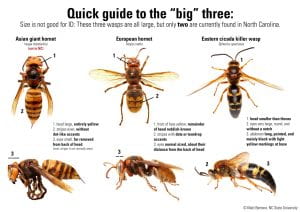
April 30, 2024 Delaware County Soil Temps
The CCE and WAC Team have been out again this week measuring soil temperatures to assess progress toward good planting conditions. We measured soil temperatures on Tuesday morning, April 30, at several sites across Delaware County. The morning was warm and cloudy, and soil conditions were generally favorable in most fields. Time of day seemed to affect temperatures less this week, but you should pay attention to the sample time in the chart below when considering the results.
This week’s soil temperatures were all above 50⁰, and the 10-day forecast is for highs in the 60’s and lows near 50, so corn planting can proceed when soil conditions are favorable for planting.
Download a pdf of the 4/30 report here
We suggest starting corn planting when:
- soil conditions are dry and suitable for good planter function
- soil temperature is above 50⁰
- and the 5-7-day forecast is for continued warm weather
The chart on below shows the soil temperature measured on April 30.
Plant Population
A good plant population is critical for optimum yield. Corn grain fields on loamy fields should shoot for a harvest population of 28,000 to 30,000 plants/acre, for silage bump to up to 32,000. On droughty/gravely fields reduce by 2,000 or 3,000 plants per acre. These are recommendations for harvest population, you should plan on about 90% emergence, so dropping around 32,000 seeds per acre for grain, and about 35,000 for silage.
Planting Depth
For early planted corn and conditions with good moisture, a planting depth of 1½ to 2 inches is recommended, if planting later into dry soils corn can be planted 2 to 3 inches if necessary to plant into moist soil. Planting shallow (less than 1½ in) to hope for quick emergence is tempting, but shallow planting makes plants more susceptible to herbicide injury, pulling by crows, and reduces good rooting depth for the seedling.
Plant Early – Prepare for Hay Harvest
The team also measured hay growth this week (see the Scissors Cut Report coming later this week) and grass heights look to be ahead of average. Corn planting and first cutting frequently compete for attention in mid-May. If the weather continues to cooperate, this could be a year to get some corn in before hay harvest also demands attention.
We will sample again on Tuesday May 7.

![]()



